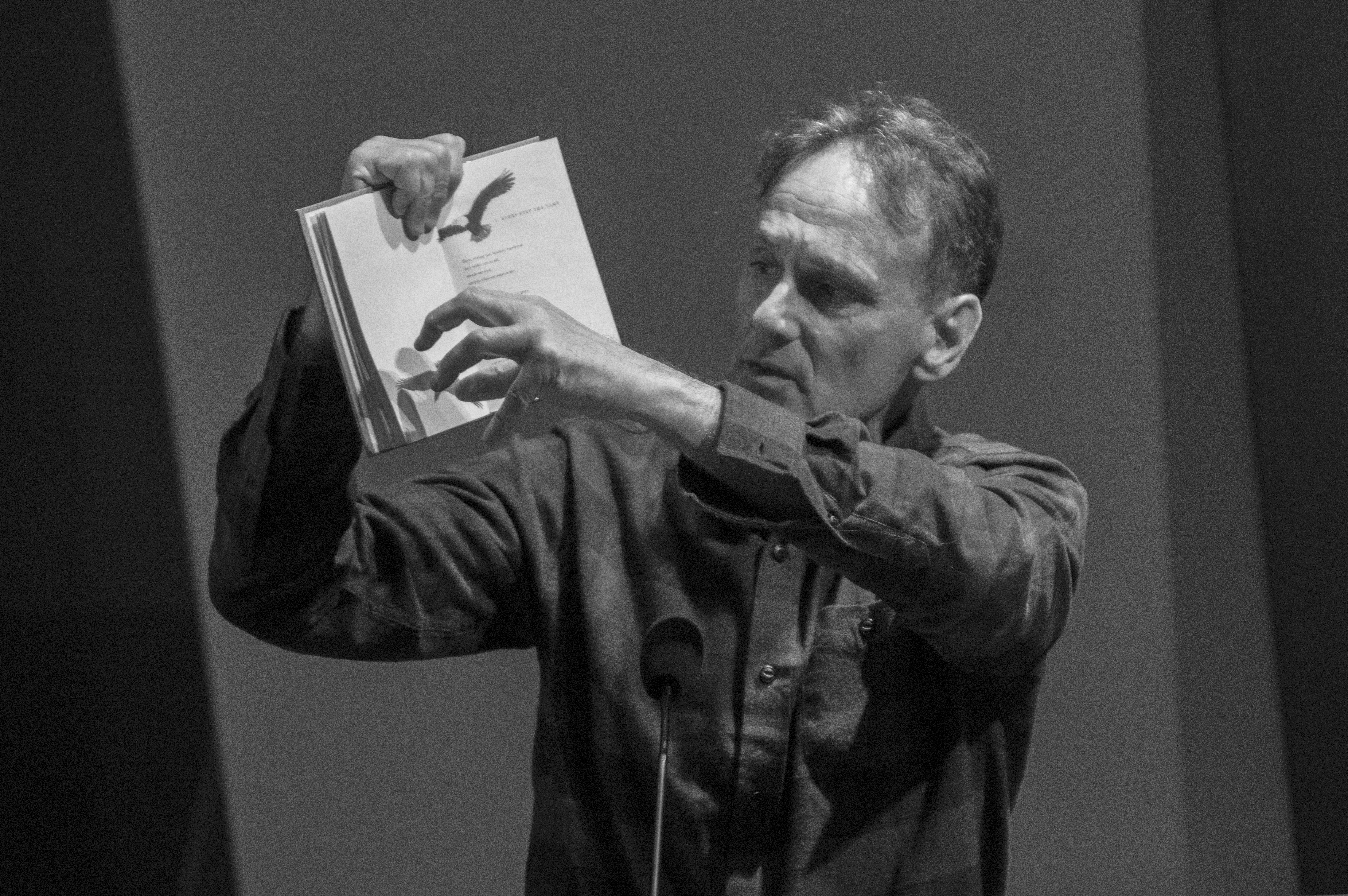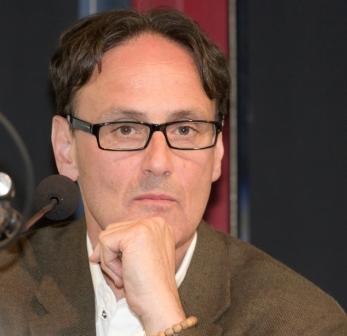

So that's another important person in my life who has brought me to Buddhism.

My writing teacher in college was Charles Johnson, who's very heavily into Buddhism now. As a teenager, I started to look at Buddhism, and studied Tibetan language and literature in college. He had five sons, and the second son became my best friend. The Sakya Lama came to Seattle and settled in our neighborhood. There are four sects of Tibetan Buddhism, one of them is the Sakya sect. Basically, it has to do with a childhood friend whose family fled Tibet in the '50s. Times that goes into how I came to Buddhism. But they felt tied to Jewish culture, kept a connection to it, and in their own very fleeting way passed some of that on to their kids-but not enough to make any of it stick.Ī few years ago, I did an article for the L.A. How does that all fit together? Well, it was clear to me that my parents were agnostics at best, and probably atheists. You're Jewish with Buddhist leanings, writing about a Catholic phenomenon with an idea of the Divine Feminine. "Our Lady of the Forest," tackles themes of suffering, transformation, and miracles, and in an interview with Anne Simpkinson he showed how deeply immersed-intellectually and personally-he is in spiritual matters, and how enamored of the Divine Feminine he is. To misappropriate a Beatles oldie: "She's really got a hold on him."


Raised more culturally than religiously Jewish, the 47-year old former English teacher has studied Buddhism, and, while researching his just published third novel, "Our Lady of the Forest"-about a runaway teen who has a vision of the Virgin Mary-stumbled upon Gnostic ideas of the Divine Feminine. David Guterson, author of the 1994 bestseller, "Snow Falling on Cedars," declares himself an agnostic, but a spiritual amalgam seems closer to the truth.


 0 kommentar(er)
0 kommentar(er)
